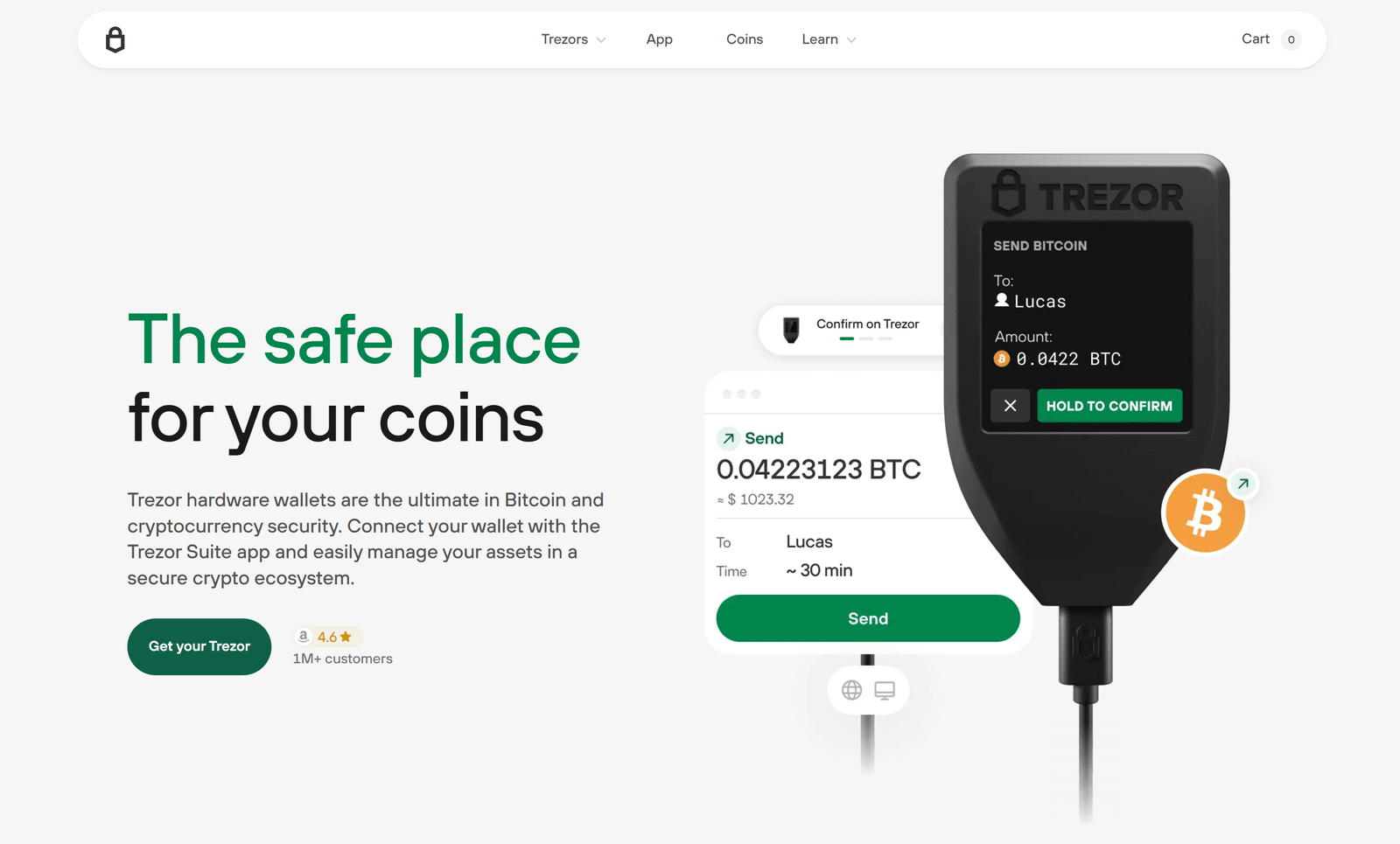

Trezor @Login. The official site*
Trezor login
Access DeFi Tools with Trezor Login
Using a Trezor login to access decentralized finance (DeFi) platforms offers a powerful blend of convenience and security. While many Web3 wallets connect to DeFi dApps directly in the browser, this approach often exposes private keys to potential attacks. Trezor flips that model by keeping your keys offline in a hardware wallet, requiring physical confirmation of every transaction before it’s signed and broadcast to the blockchain.
When you connect your Trezor to a DeFi tool such as Uniswap, Aave, or Compound via a compatible interface like MetaMask, WalletConnect, or third-party integrations, the process is straightforward. Your browser wallet acts as the bridge, but the signing authority always remains with the Trezor device. That means even if your computer is compromised, no malicious transaction can be approved without your explicit confirmation on the hardware wallet screen.
The advantage here for DeFi users is not just security, but also control. With Trezor login, you can review exact transaction details — from the amount of tokens to the specific contract address — before committing. This is especially important in DeFi, where smart contracts can have complex behaviors and where approving the wrong address could mean permanent loss of funds. By combining Trezor’s offline key storage with the flexibility of DeFi tools, you get the best of both worlds: the rich functionality of Web3 without sacrificing the safety of cold storage.
Why [Keyword] Is Becoming a Standard in Web3 Wallets
In the rapidly evolving Web3 ecosystem, certain practices and technologies emerge as de facto standards because they address fundamental needs like interoperability, security, and user experience. [Keyword] is quickly moving into this category. Its adoption across multiple wallet providers, DeFi protocols, and blockchain applications suggests that it solves a key problem many users and developers face.
One reason [Keyword] is gaining traction is its ability to provide a consistent, secure way for wallets to interact with decentralized applications. In the early days of Web3, connecting to a dApp often meant exposing sensitive information or relying on browser-based storage for keys — both of which left users vulnerable. [Keyword] addresses this by enabling wallets to maintain full custody of private keys while still offering seamless connectivity.
From the perspective of developers, [Keyword] has become attractive because it reduces integration friction. Wallet providers can implement it once and instantly make their users compatible with a wide range of dApps. This standardization mirrors what happened with secure login protocols on the traditional web, where consistent methods like OAuth or SSO became normal expectations for both users and service providers.
For users, the spread of [Keyword] means fewer roadblocks when moving between platforms. A wallet that supports [Keyword] can connect to staking platforms, NFT marketplaces, DeFi tools, and DAO governance portals without needing multiple extensions or account setups. This not only streamlines the user journey but also builds trust: when you see that [Keyword] is supported, you know you’re working within a secure, widely recognized connection standard.
As Web3 matures, standards like [Keyword] help make the ecosystem feel less fragmented and more like the traditional internet — but with the additional benefits of decentralization and self-custody. Trezor’s integration with such standards positions it well for the next generation of blockchain adoption, where hardware-backed security and seamless interoperability are no longer optional but expected.